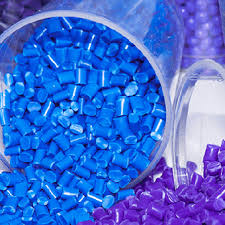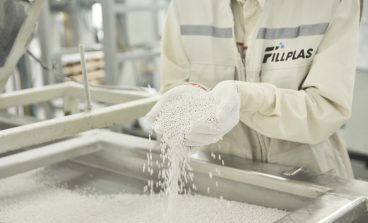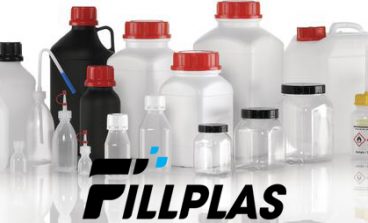
Plastic packaging comes in a wide range of material types, each of which offers specific features regarding appearance, temperature range, appropriate food use, shelf life, barrier properties, and environmental footprint. It can be used for hot and cold filling and for microwave reheating. Due to plastic’s good barrier properties against water, carbon dioxide, oxygen, and nitrogen, products in plastic packaging retain their flavor, aroma and nutritional value and are protected from external contamination. Lightweight plastic packaging also contributes to lighter truckloads, which helps reduce the energy used for transportation, lower shipping costs and reduce the amount of waste generated.
There are some different plastic types for plastic food packaging that we will see more details as following.
PET – Polyethylene Terephthalate
PET is the most commonly used plastic in the world. The plastic material is primarily used for food packaging that requires glass-clear quality, e.g. fresh salads, fruits, cold meats, snacks, etc. PET is a very tough and flexible material with high impact strength. Additionally, PET packaging is simple to transport and will not break. PET is fully recyclable and can be turned into a multitude of new uses.
PET is available in different types: APET (amorf PET), CPET (crystalline PET), DPET (direct-to-sheet) and rPET (recycled PET).
PP- Polypropylene
Polypropylene (PP) is one of the most widespread thermoplastics. It is a robust material with high resistance to chemical solvents, acids, and alkalis. The material is colorless but can be dyed to any color. PP is a very versatile material that is suitable as packaging for fresh meat and microwaveable ready-to-heat meals. This material can be recycled into new raw material for non-food purposes.
PP Chalk – Polypropylene with Chalk
PP Chalk is the environmentally friendly version of polypropylene (PP). The foil is co-extruded with a thin layer of PP on the surface to ensure food safety. The exterior of the material is matt and rough due to the chalk, whereas the interior is glossy and smooth due to the PP layer. It consists of a minimum of two layers. This way of producing a foil with natural minerals saves 40% CO2 in the production process compared to standard PP. The addition of natural minerals also makes the material easy to thermoform and process as well as making it more temperature stable. The chalk level can vary depending on the request.
Bio-based and biodegradable plastic
The confusion about bio-based plastic and biodegradable plastic is very common. Bio-based plastic means that the material is based on agricultural products, for example, corn starch and sugar cane. On the other hand, traditional or fossil-based plastic is based on oil or gasses. Bio-based material has the same properties as conventional plastic, and bio-based plastic can actually be a combination of agricultural and fossil-based material.
Biodegradable plastic means that the product is designed to be composted – instead of being recycled. If biodegradable material is mixed with plastics that are designed to be recycled (fossil- or bio-based PET, PP, and PE) then the recycling phase is destroyed.
The common vision in Europe is to focus on a circular economy by recycling as much plastic as possible. At Plus Pack we support this idea and that is why we focus on designing packaging that is to be recycled. This way we support a circular economy.
HIPS – High Impact Polystyrene
High Impact Polystyrene (HIPS) is a material that is easy to thermoform. HIPS is a softer material than regular polystyrene due to the addition of a butadiene rubber. HIPS is suitable as packaging for dry and primarily cold foods, which will not be heated up in the packaging. The plastic material can be recycled into new raw material for non-food purposes.
OPS – Oriented Polystyrene
Oriented polystyrene (OPS) is produced by stretching the extruded polystyrene foil, which makes the material stronger – or in this case harder – and improves visibility through the material. It is a relatively inexpensive material that is suitable as packaging for dry and primarily cold foods, which will not be heated up in the packaging, e.g. bakery, deli and freezer applications. OPS can be recycled into new raw material for non-food purposes.
Fillplas has products of filler masterbatch using these kinds of material. Please kindly visit our website for more details.



